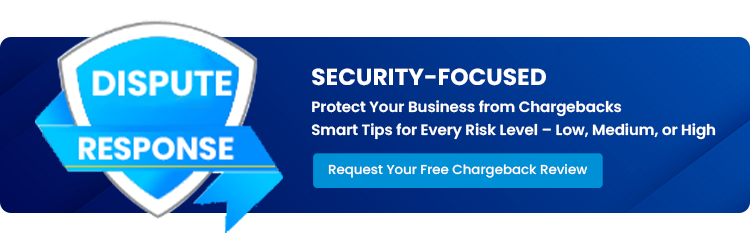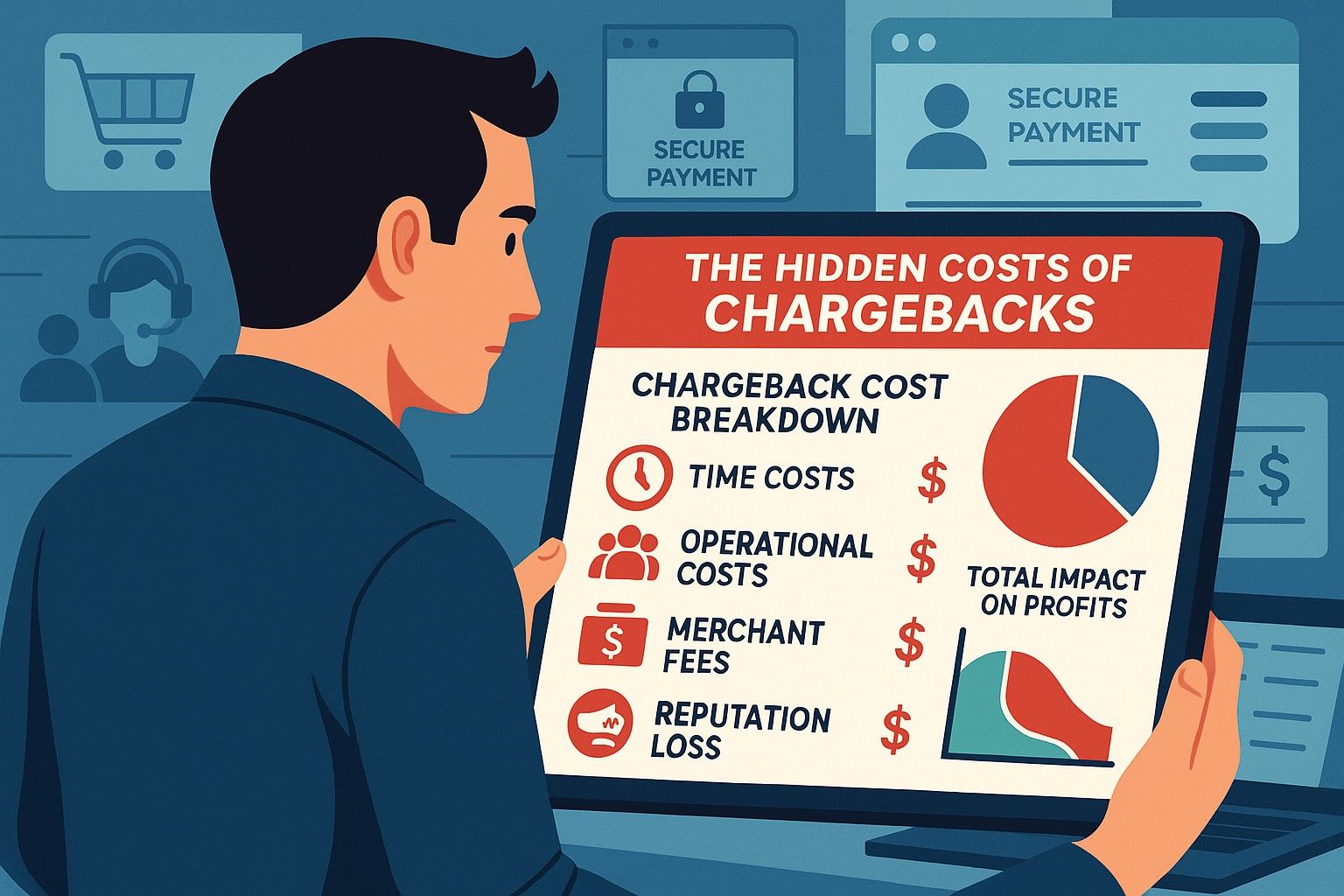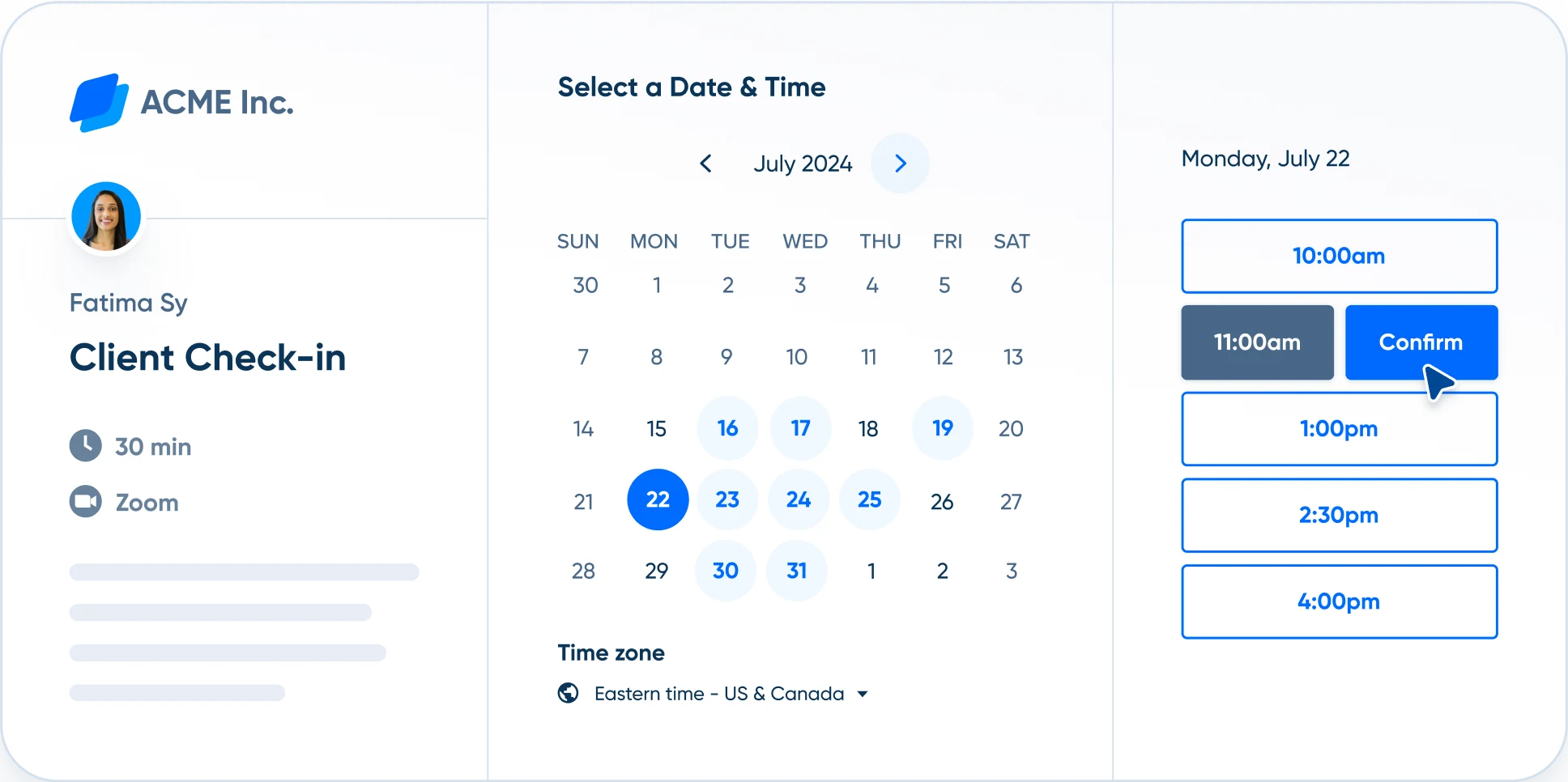Chargeback Management Services - Dispute Response Sep/ 5/ 2025 | 0
Chargebacks are more than just an inconvenience—they can be a major financial drain on your business. As e-commerce continues to grow in 2025, understanding the full extent of chargeback costs is crucial for merchants. This article explores the hidden costs associated with chargebacks and offers practical tips for reducing their impact.
What Are Chargebacks?
A chargeback occurs when a customer disputes a transaction with their bank, leading to a reversal of the payment. While chargebacks protect consumers, they come at a significant cost to businesses. The process can be time-consuming and expensive, often leading to a loss of revenue, reputation damage, and additional fees.
The Hidden Costs of Chargebacks
Chargebacks don’t just cost businesses the amount of the disputed transaction. Here’s a breakdown of the often-overlooked costs:
1. Direct Financial Losses
Chargeback fees typically range from $20 to $100 per dispute, depending on your payment processor. These fees can quickly add up, especially for high-volume businesses. Additionally, the lost revenue from the original sale is not recovered, impacting your bottom line.
2. Operational Costs
Handling chargebacks requires resources. From customer support teams to compliance officers, the time and manpower spent managing disputes are significant. Each chargeback requires an investigation and a response, which consumes valuable business hours.
3. Reputation Damage
Frequent chargebacks can harm your reputation with payment processors and banks. A high chargeback ratio may lead to penalties, account freezes, or even termination of your merchant account. This, in turn, makes it more difficult to secure favorable payment processing terms in the future.
4. Increased Fraud Risk
Chargebacks often signal that your business is a target for fraud. A spike in chargeback activity may indicate that your payment systems need to be upgraded to protect against fraudulent transactions. This could lead to additional costs for fraud detection and prevention tools.
5. Opportunity Costs
When you’re focused on managing chargebacks, you’re not focused on growing your business. The time and energy spent dealing with disputes could be better spent on customer acquisition, product development, or other areas of business expansion.
How to Mitigate the Hidden Costs of Chargebacks
Preventing chargebacks is far more cost-effective than dealing with them after the fact. Here are some strategies to help reduce chargeback risk:
1. Invest in Fraud Detection Tools
Fraud prevention tools, such as 3D Secure and advanced AI algorithms, can help detect and prevent fraudulent transactions before they escalate into chargebacks.
2. Enhance Customer Communication
Clear, concise communication with customers about billing practices, shipping times, and return policies can reduce misunderstandings that lead to chargebacks.
3. Offer Excellent Customer Service
Providing top-tier customer service can resolve disputes before they reach the chargeback stage. Quick responses to customer concerns can often prevent customers from escalating issues.
4. Monitor Chargeback Activity
Regularly monitor your chargeback ratios and investigate patterns. Identifying trends early can help you adjust your business practices to avoid future disputes.

Email us anytime!
Email customer service 24/7

Call us anytime!
Reach customer care 24/7 at +1 (888) 927-5152
Conclusion
While chargebacks are a part of doing business in 2025, understanding the full scope of their hidden costs is crucial. By implementing preventive measures and improving customer relationships, you can minimize chargebacks and the financial strain they cause.


